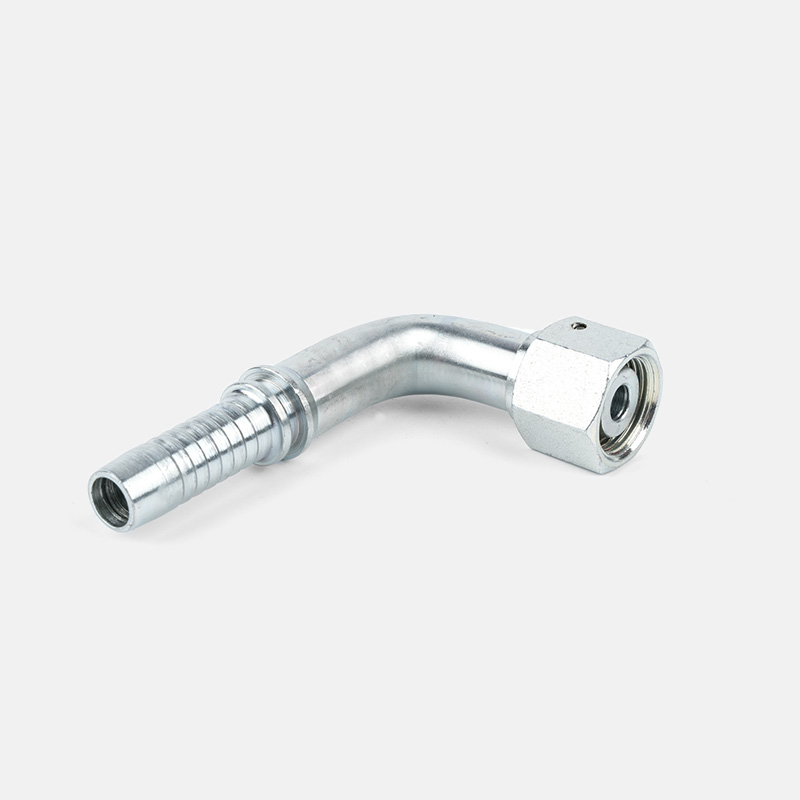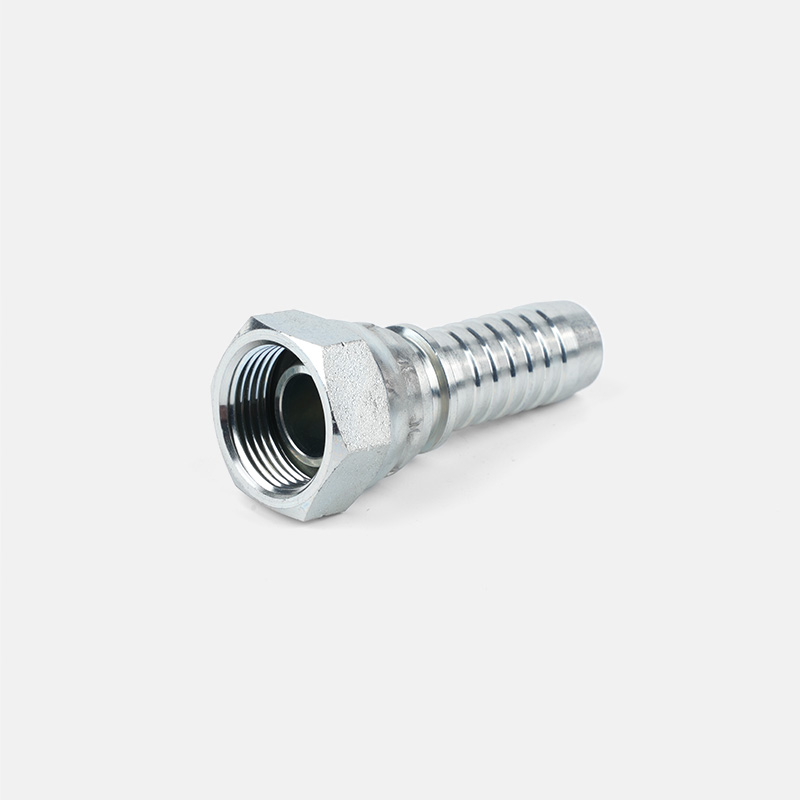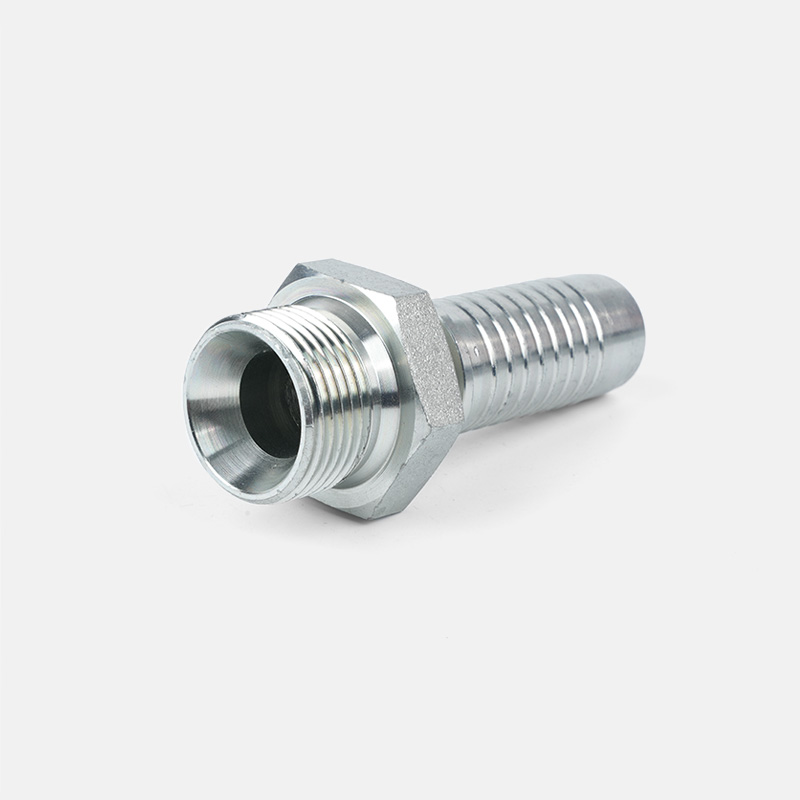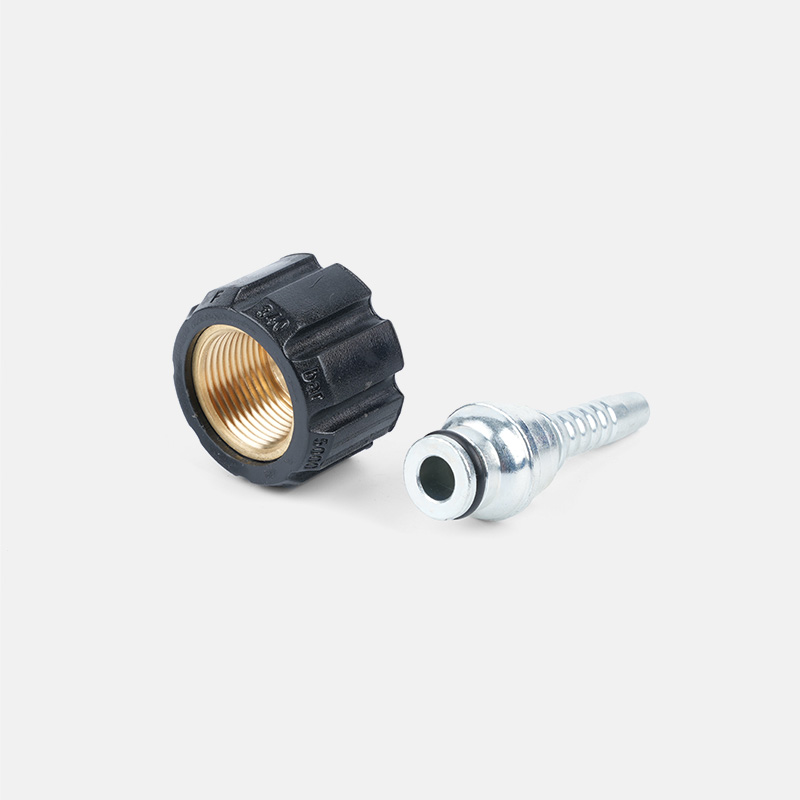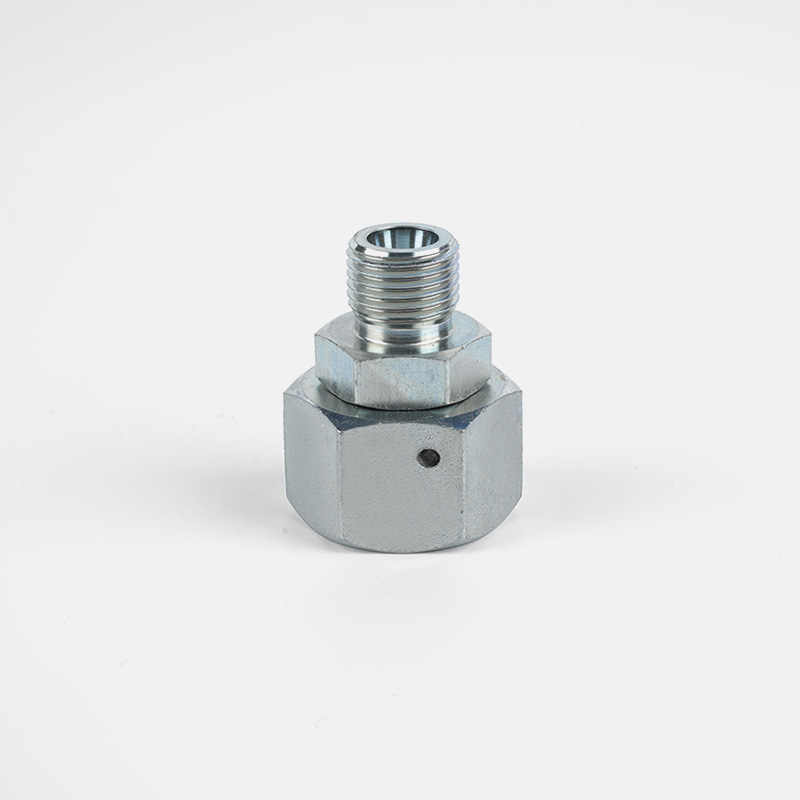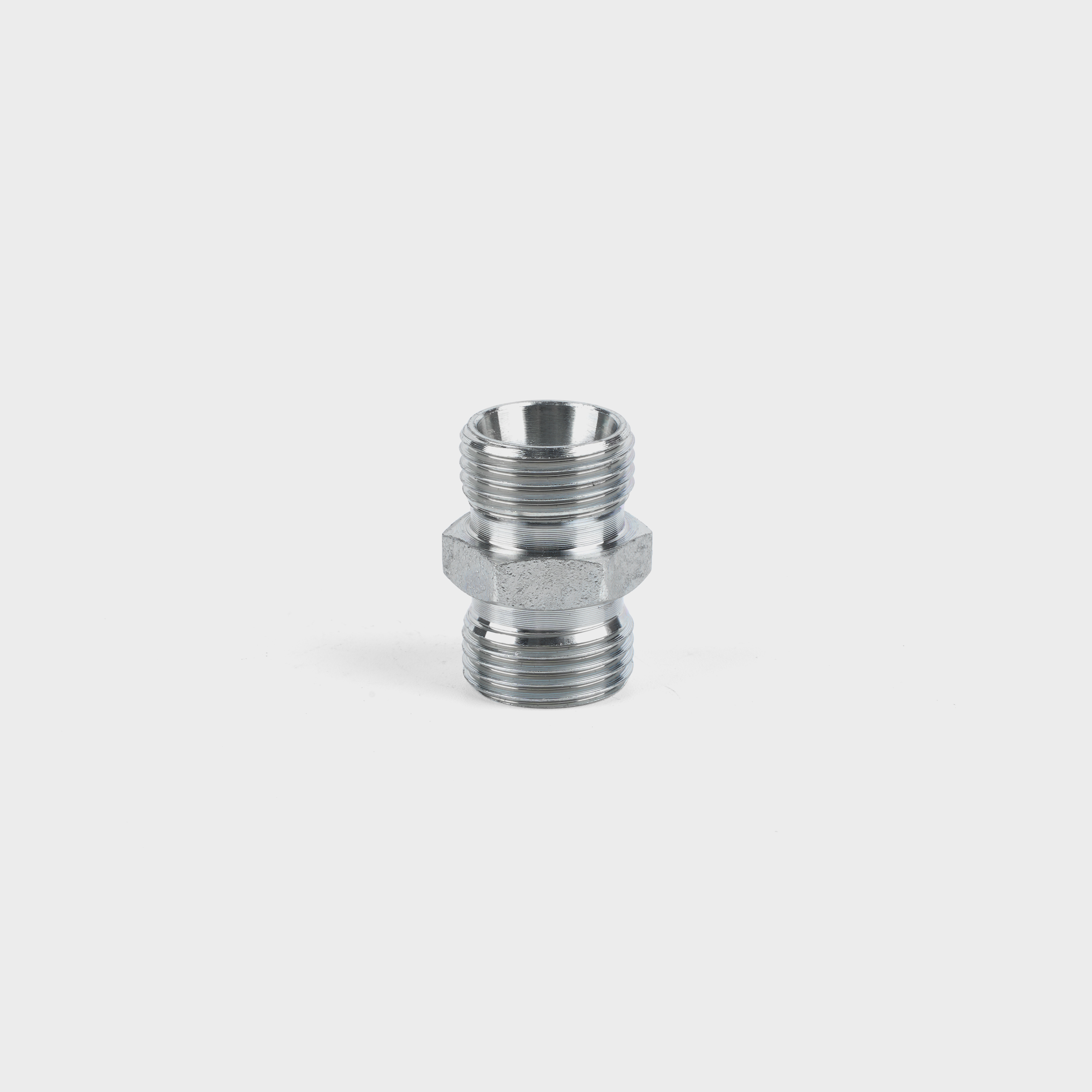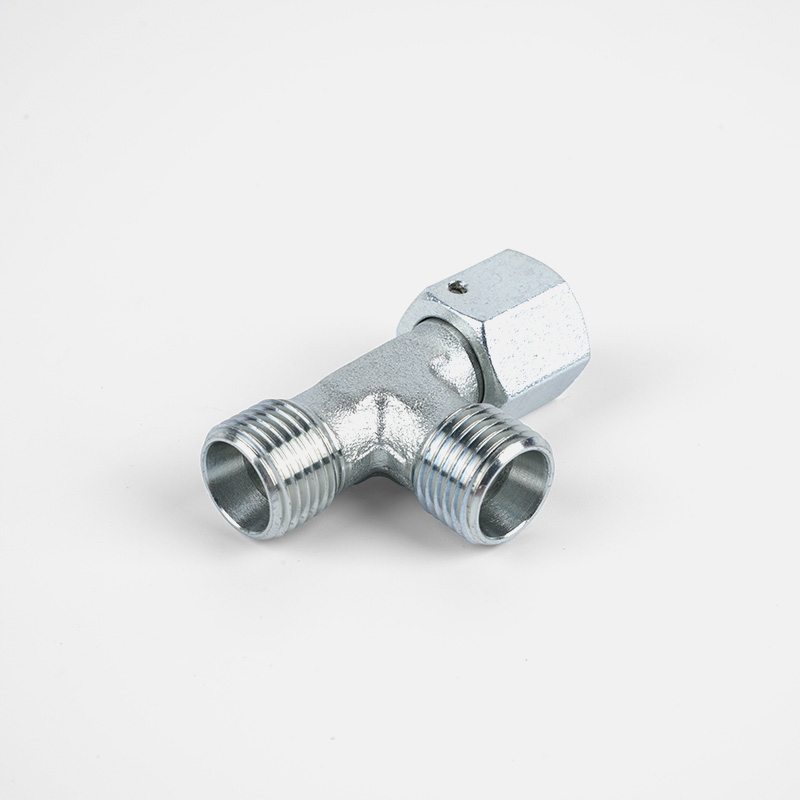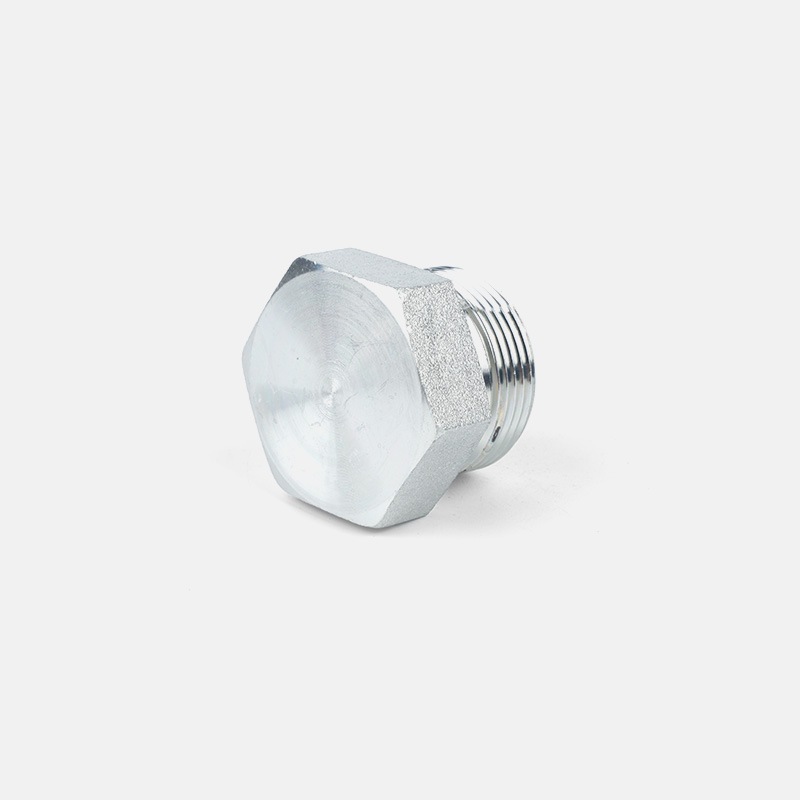Language
ENGWhy Are Hydraulic Couplings Crucial for Preventing System Failures?
 2025.11.10
2025.11.10
 industy news
industy news
Hydraulic couplings are an essential part of any hydraulic system, serving as the link between various components in the system. These couplings not only facilitate the transfer of power and energy but also play a key role in preventing mechanical failures. They are designed to absorb shock, manage vibrations, prevent pressure surges, and ensure that components function properly together. Without hydraulic couplings, the risk of system failure would significantly increase, leading to potential downtime, costly repairs, and even total system breakdowns.
1. Vibration Dampening and Shock Absorption
Vibration is a constant phenomenon in hydraulic systems, caused by rapid changes in load, pressure, or flow rates. Components such as pumps, motors, and valves often generate vibrations that can reverberate throughout the system. If these vibrations are not controlled, they can lead to significant wear and tear on the parts, causing premature failures.
Hydraulic couplings are designed to dampen these vibrations by absorbing the shock waves and distributing the forces evenly across the system. This vibration dampening function helps to:
- Reduce wear on sensitive components like seals, bearings, and pumps.
- Prevent stress fractures in the system caused by excessive oscillations.
- Improve the overall lifespan of hydraulic components by minimizing unnecessary stress.
Without hydraulic couplings, the vibrations could cause components to loosen, which would lead to leaks, mechanical failures, and the breakdown of the entire system. By absorbing these forces, hydraulic couplings ensure that the system operates smoothly, extending the lifespan of both the couplings and the entire hydraulic system.
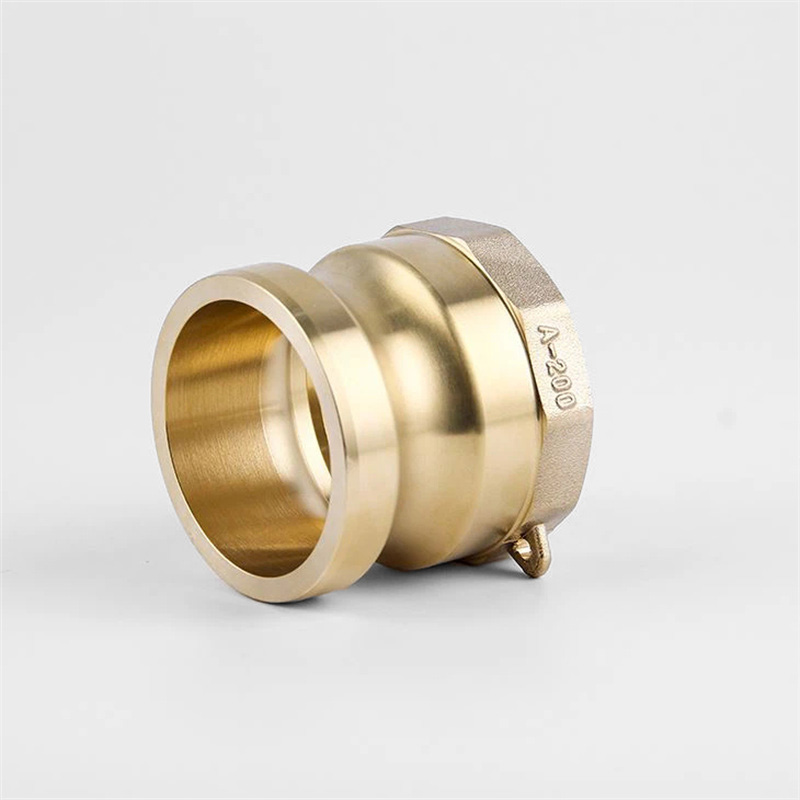
2. Prevention of Pressure Surges
Pressure surges, often referred to as hydraulic shocks or water hammers, occur when there is an abrupt change in the flow of hydraulic fluid, typically due to the sudden opening or closing of valves, or a rapid change in load. These surges create an extreme pressure spike that can cause significant damage to the system, including ruptured hoses, damaged pumps, or burst seals.
Hydraulic couplings help prevent these surges from causing damage by:
- Regulating pressure fluctuations and ensuring a steady flow.
- Absorbing sudden pressure spikes and distributing the load more evenly across the system.
- Protecting sensitive components such as valves and seals from damage.
The ability of hydraulic couplings to control these pressure spikes is critical for maintaining the stability and longevity of the system. Without them, pressure surges could easily damage expensive components, resulting in expensive repairs and downtime.
3. Ensuring Proper Alignment
In any hydraulic system, misalignment between components can cause problems such as increased friction, wear, and reduced efficiency. Misalignment can occur due to manufacturing tolerances, thermal expansion, or even improper installation. Over time, misalignment can lead to the failure of critical components, such as pumps, motors, and valves, as they are subjected to additional forces and stresses.
Hydraulic couplings are designed with the flexibility to accommodate slight misalignments, which helps to:
- Prevent excessive friction between components.
- Ensure smooth power transmission from one part of the system to another.
- Reduce the likelihood of premature wear on parts like shafts and bearings.
By providing this flexibility, hydraulic couplings play a crucial role in preventing damage caused by misalignment. This protection helps reduce the risk of failure, as well as the need for costly repairs and replacements.
4. Reducing the Risk of Leaks
Leaks are one of the most common causes of hydraulic system failures. A leak can cause a drop in system pressure, contamination of hydraulic fluid, and even the potential for environmental hazards. Leaks typically occur at connection points between system components, such as between pumps and valves or hoses.
Hydraulic couplings help reduce the risk of leaks by:
- Maintaining secure connections between components, ensuring there is no gap for fluid to escape.
- Providing proper sealing around connection points, preventing hydraulic fluid from leaking out.
- Minimizing wear on seals that can cause leaks due to friction or pressure.
By maintaining a tight, leak-free seal, hydraulic couplings ensure that the system operates at full pressure and efficiency, reducing the chances of fluid loss and contamination. This also prevents the need for frequent top-ups or fluid replacements, further enhancing system reliability.
5. Easing Maintenance and Repairs
Hydraulic systems, like any other mechanical systems, require regular maintenance and occasional repairs. During these times, components need to be disconnected, replaced, or repaired. Hydraulic couplings make this process much easier by:
- Allowing quick and easy disconnection of components without the need for special tools or procedures.
- Simplifying maintenance workflows, leading to reduced downtime.
- Reducing the risk of damage to system components when disconnecting parts.
The ease of maintenance provided by hydraulic couplings can significantly reduce the downtime of a system during repairs, which is crucial for industries that rely on continuous operation. This also ensures that necessary repairs are performed quickly, preventing further damage from occurring.
6. Protecting Against Overheating
Hydraulic systems can generate significant amounts of heat due to friction, pressure changes, and high fluid velocities. Overheating can cause hydraulic fluid to break down, which reduces its effectiveness and can cause damage to internal components. Excessive heat can also lead to expansion and warping of system parts, which could cause the system to fail.
Hydraulic couplings help prevent overheating by:
- Distributing mechanical forces evenly, which reduces friction and heat generation.
- Absorbing shock loads, preventing the system from experiencing excessive heat buildup.
- Allowing for better heat dissipation by preventing localized pressure spikes that can cause overheating.
By minimizing heat buildup, hydraulic couplings help maintain the optimal operating temperature of the system, thereby reducing the risk of overheating and the damage it can cause.
7. Enhancing System Efficiency
Hydraulic systems that operate efficiently consume less energy, run more smoothly, and are less prone to failures. Hydraulic couplings contribute to this efficiency by:
- Reducing energy losses caused by friction, pressure spikes, and misalignment.
- Improving the overall fluid dynamics of the system by ensuring smooth transmission of power.
- Maintaining optimal flow rates throughout the system, ensuring each component performs at its best.
By enhancing system efficiency, hydraulic couplings help to ensure that the hydraulic system performs optimally, saving energy and reducing operational costs.
8. Preventing Contamination
Contamination is one of the biggest threats to the reliability of hydraulic systems. Dirt, dust, and debris can enter the system through poorly sealed connection points, causing the hydraulic fluid to become dirty and compromising the performance of the system. Hydraulic couplings help to prevent contamination by:
- Sealing connections tightly, preventing foreign particles from entering the system.
- Maintaining a clean environment around the hydraulic components, which is crucial for preventing corrosion and wear.
- Minimizing fluid degradation, ensuring the hydraulic fluid stays clean and effective for longer periods.
By preventing contamination, hydraulic couplings help to ensure that the system operates smoothly and that the hydraulic fluid remains clean, reducing the risk of damage to the system components.
9. Extending the Lifespan of Components
The primary role of hydraulic couplings is to protect the hydraulic system from stress, pressure, and other mechanical forces. By absorbing shock, mitigating vibrations, and ensuring proper alignment, hydraulic couplings contribute to the longevity of the system. This means:
- Reduced wear on pumps, motors, and valves, which extends their operational life.
- Fewer breakdowns and reduced likelihood of needing replacements.
- Increased return on investment (ROI) due to longer-lasting equipment.
This is especially important for industries where hydraulic systems are mission-critical and downtime is costly. Hydraulic couplings can provide significant savings by prolonging the lifespan of the system components and reducing the need for frequent repairs.
10. Supporting Load Balancing
In more complex hydraulic systems, such as those used in construction or industrial machinery, the load may not always be distributed evenly across components. Hydraulic couplings help to manage this load by:
- Balancing torque across the system, ensuring that no single component is subjected to excessive stress.
- Preventing overloads that can cause damage to critical parts like pumps and motors.
- Improving system performance by maintaining a balanced distribution of forces, which ensures optimal efficiency.
By supporting load balancing, hydraulic couplings prevent failures due to overloading and help maintain the integrity of the system over time.
Key Functions of Hydraulic Couplings
| Function | Description |
|---|---|
| Vibration Dampening | Absorbs shocks and reduces wear from vibrations. |
| Pressure Surge Protection | Regulates pressure spikes to prevent damage. |
| Misalignment Compensation | Allows for slight misalignment without damage. |
| Leak Prevention | Seals connections tightly to prevent fluid loss. |
| Ease of Maintenance | Simplifies disconnection for quick repairs. |
| Overheating Protection | Reduces friction and maintains proper temperature. |
| System Efficiency | Optimizes fluid flow for smoother operation. |
| Contamination Control | Seals tightly to keep contaminants out. |
| Component Lifespan Extension | Reduces wear and tear on critical components. |
| Load Balancing | Distributes |



